Growing watermelons in hanging hammocks can indeed be a creative and space-saving approach to gardening. Here’s a step-by-step guide to help you get started:
1. Select a suitable watermelon variety
- Choose a watermelon variety that is suitable for your climate and growing conditions.
- Look for compact or bush varieties that are well-suited for container gardening.
2. Prepare the hammocks
- Obtain sturdy, breathable fabric or netting material to create the hammocks.
- Cut the material into rectangular pieces that are large enough to accommodate a watermelon fruit.
- Sew or secure the edges of the fabric to ensure it can hold the weight of a growing watermelon.

3. Prepare the containers
- Select hanging containers that are large enough to accommodate the watermelon plants and allow for proper root development.
- Hanging baskets, fabric grow bags, or even repurposed containers with proper drainage can work well.
- Ensure the containers have sturdy hooks or hangers to support the weight of the plants.
4. Start seeds or use transplants
- You have two options for starting your watermelon plants. You can either start seeds indoors 3-4 weeks before the last expected frost date or purchase young watermelon transplants from a local nursery or garden center.
- If starting seeds indoors, follow the instructions on the seed packet for proper planting depth and care.
5. Prepare the growing medium
- Use a well-draining potting mix specifically formulated for container gardening.
- Fill each hanging container with the potting mix, leaving enough space for the watermelon plant and its root system.
6. Plant the watermelon plants
- If using transplants, carefully remove them from their nursery pots and gently loosen the roots before placing them in the hanging containers.
- If starting seeds, plant them according to the instructions on the seed packet. Ensure the plants are positioned securely in the containers.
7. Create hammocks for the watermelons
- Once the watermelon plants are established, create hammocks using the fabric or netting material. –
- Attach the hammocks to a sturdy support structure, such as a trellis, pergola, or overhead beams.
- Make sure the hammocks are positioned securely and can support the weight of growing watermelons.
8. Provide optimal growing conditions
- Watermelons require full sun, so place the hanging containers in a location that receives at least 6-8 hours of direct sunlight per day.
- Water the plants regularly, ensuring the soil remains evenly moist but not waterlogged.
- Monitor the plants for any signs of pests or diseases and take appropriate measures to address them.
9. Support the growing fruits
- As the watermelons develop, periodically check the hammocks and adjust them if needed to support the growing fruits.
- You can use additional fabric or netting material to reinforce the hammocks or create slings for extra support.
10. Harvest and enjoy
- Watermelons are ready for harvest when they develop a deep, resonant sound when tapped, the skin color changes, and the bottom side turns yellow or cream-colored.
- Follow the specific harvesting guidelines for the watermelon variety you chose. Once harvested, enjoy the delicious fruits of your labor!
Remember to provide regular fertilization to your watermelon plants according to the package instructions of a balanced fertilizer. Additionally, ensure proper pollination by providing access to pollinators, such as bees, or consider hand-pollinating the flowers using a small brush.
Growing watermelons in hanging hammocks can bring a unique and visually appealing element to your garden while maximizing your space. Enjoy the process and the satisfaction of growing your own watermelons in this creative way.
Read more:


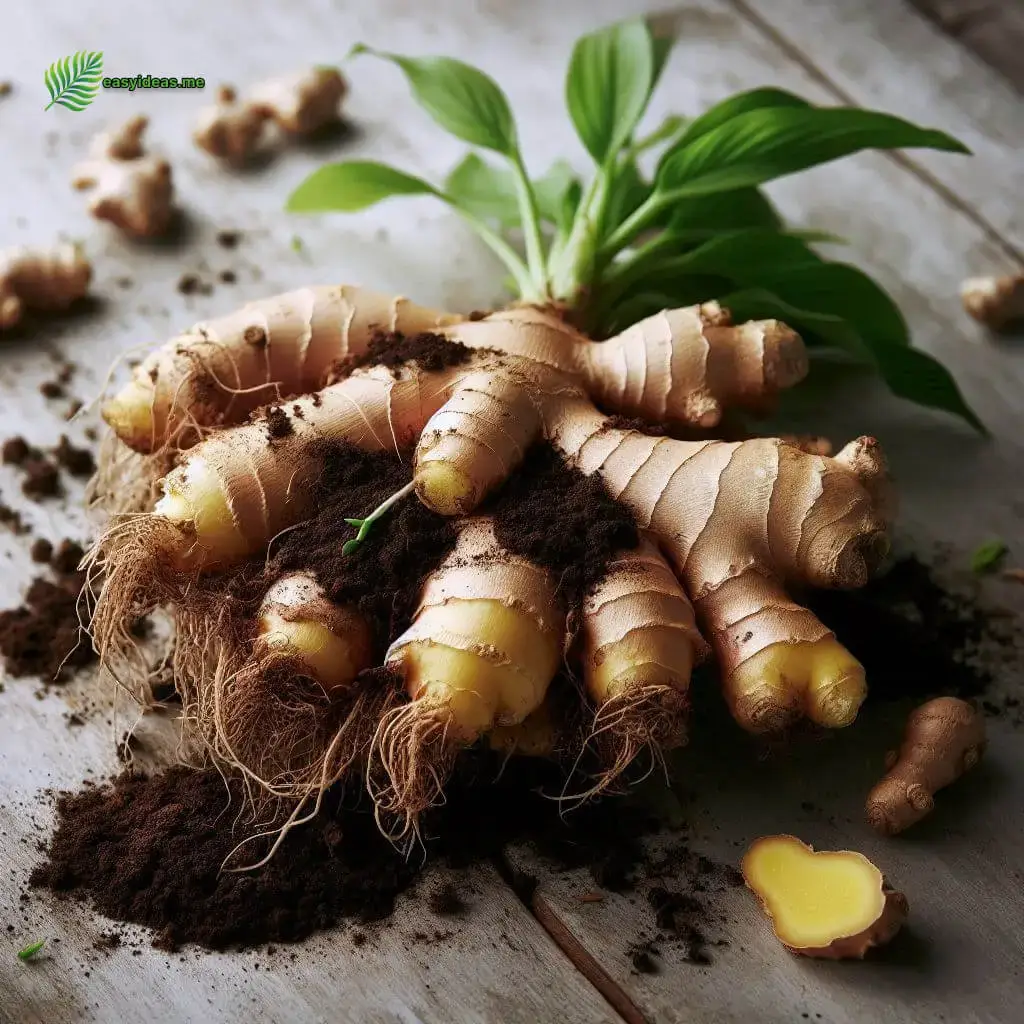
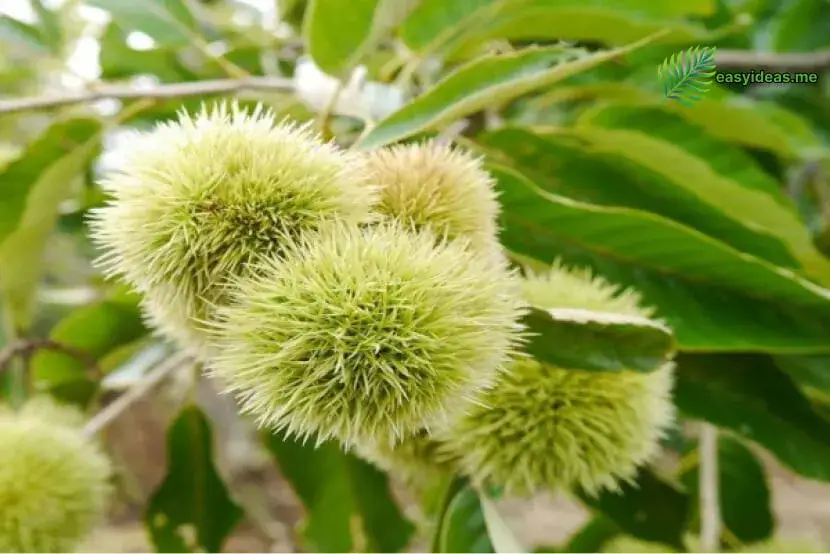
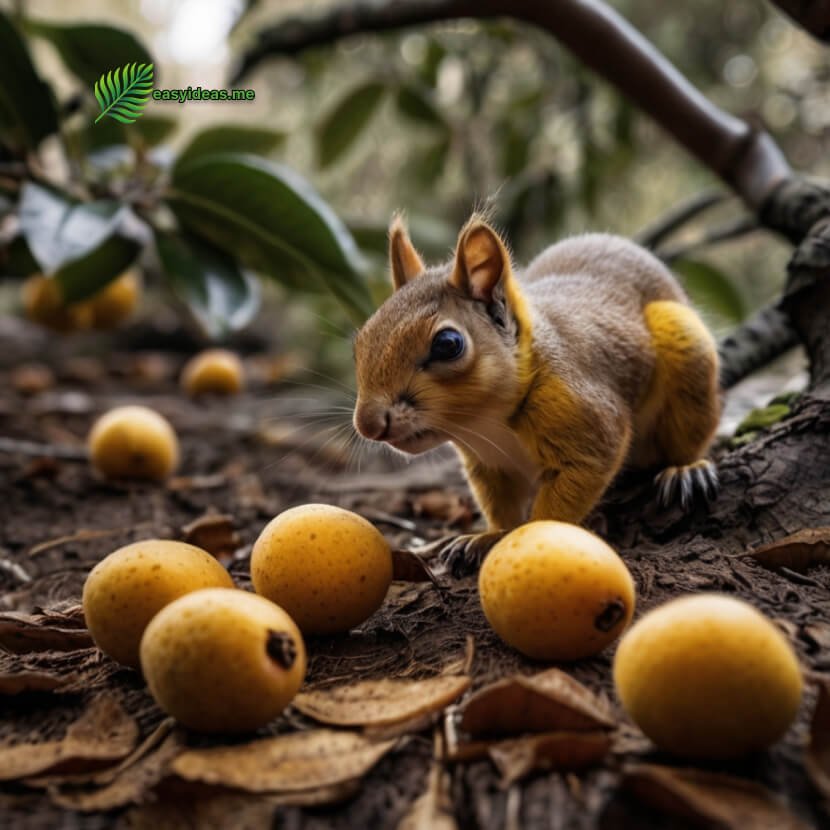

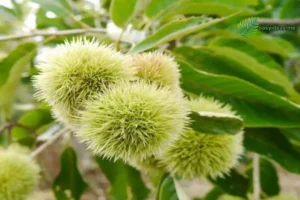


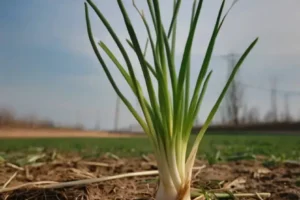
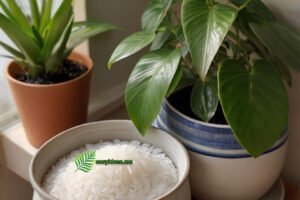



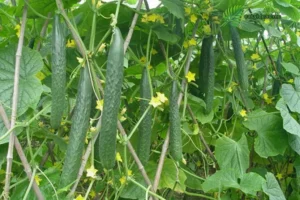


One thought on “Full Guide to Grow Watermelon in Hanging Hammocks”